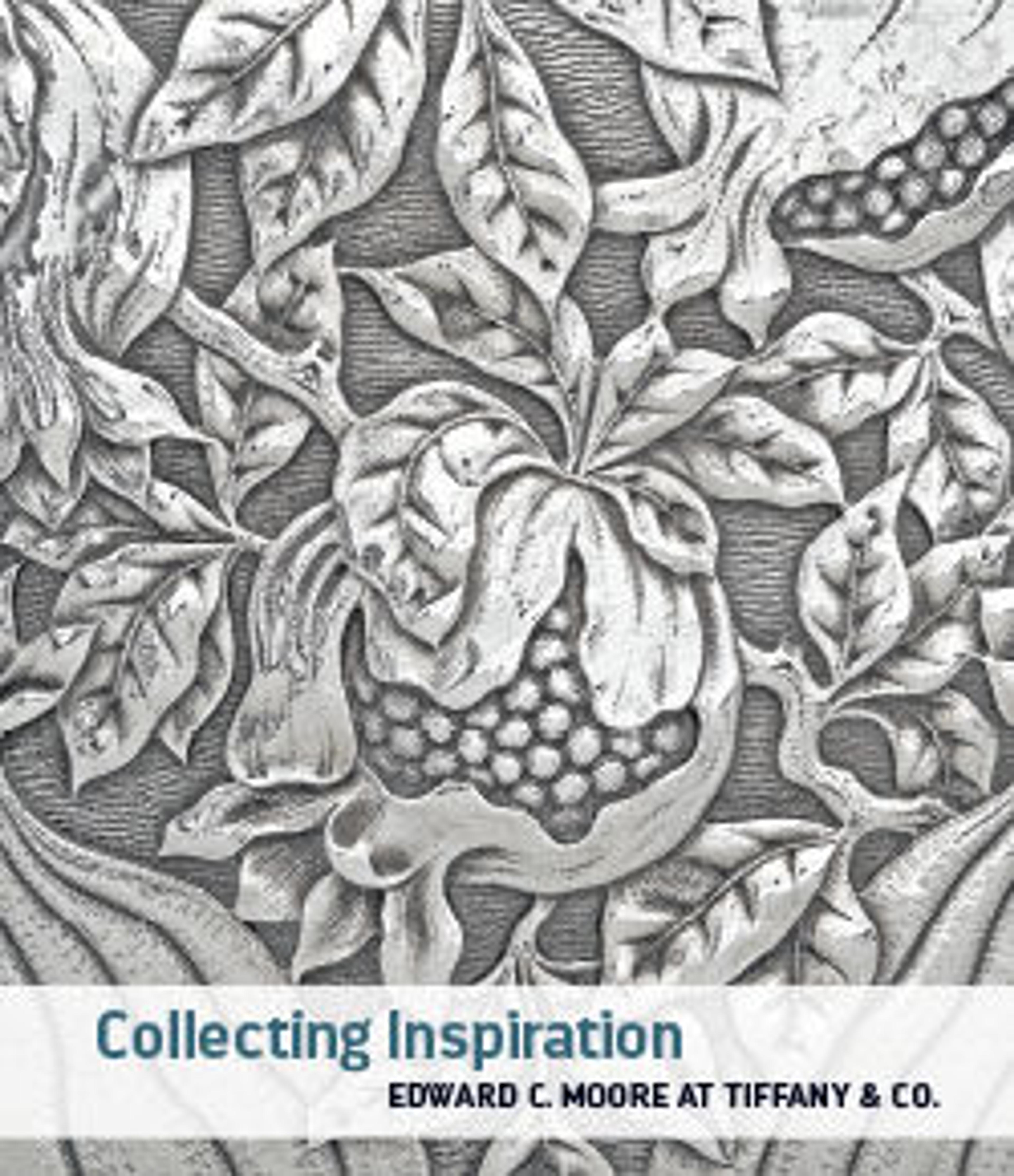Pair of Minbar Doors
Artwork Details
- Title: Pair of Minbar Doors
- Date: ca. 1325–30
- Geography: Attributed to Egypt, Cairo
- Medium: Wood (rosewood and mulberry); carved and inlaid with carved ivory, ebony, and other woods
- Dimensions: H. 77 1/4 in. (196.2 cm)
W. 35 in. (88.9 cm)
D. 1 3/4 in. (4.4 cm)
Object encased in weighted freestanding mount. Estimated Wt of piece: 80- 120 lbs. - Classification: Wood
- Credit Line: Edward C. Moore Collection, Bequest of Edward C. Moore, 1891
- Object Number: 91.1.2064
- Curatorial Department: Islamic Art
Audio
6675. Pair of Minbar Doors, Part 1
Investigations: Art, Conservation, and Science
NARRATOR: This is marked “I” as one of our “Investigation” stops:
ELLEN KENNY: Hi, I'm Ellen Kenney. I'm a Research Associate in the Department of Islamic Art. And we have a guest here, Mecka Baumeister, a conservator of the museum. And we're here today to talk about some stunning minbar doors. It's from the minbar that the khutbah, or the sermon on Friday would be given. And it's a set of doors…. that would have once been on the portal of one of these minbars. Mecka is an expert on wood and wood conservation, and she's had a very close, in-depth look at these doors, and has some interesting things to tell us about them.
MECKA BAUMEISTER: The construction technique uses no nails or glue, but relies on close fitting pieces and interlocking joints. This ingenious technique prevents warping of the hygroscopic materials, wood and ivory,…and allows them to expand and contract freely.
ELLEN KENNY: One of the things that I found so fascinating about these doors is not just their own history, but their collection history.
NARRATOR: To hear that story, press PLAY.
Listen to more about this artwork
More Artwork
Research Resources
The Met provides unparalleled resources for research and welcomes an international community of students and scholars. The Met's Open Access API is where creators and researchers can connect to the The Met collection. Open Access data and public domain images are available for unrestricted commercial and noncommercial use without permission or fee.
To request images under copyright and other restrictions, please use this Image Request form.
Feedback
We continue to research and examine historical and cultural context for objects in The Met collection. If you have comments or questions about this object record, please contact us using the form below. The Museum looks forward to receiving your comments.
